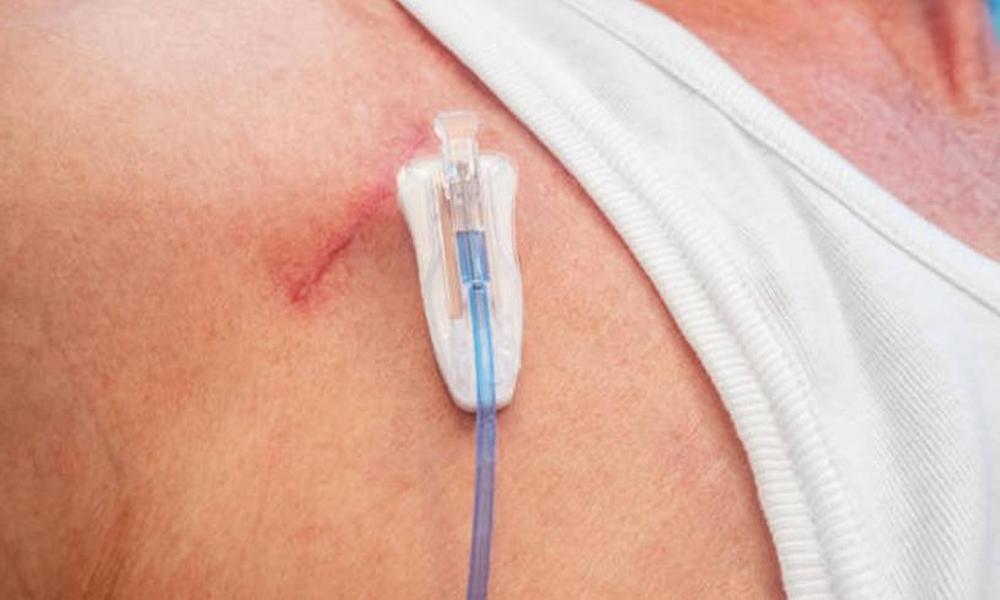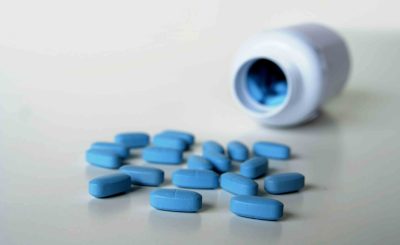Cancer is a formidable adversary, but modern medicine has an array of weapons in its arsenal to combat this relentless foe. One such tool that has proved invaluable in the fight against cancer is the chemo port, a small device that is surgically implanted under the skin to facilitate the administration of chemotherapy. In this blog post, we will delve into the world of chemo port insertion, exploring the risks and benefits associated with this procedure.
What is a Chemo Port?
It, also known as a chemotherapy port or simply a port, is a small, implantable device that provides easy access to veins for administering chemotherapy drugs and other treatments. It’s typically placed under the skin in the chest or arm during a minor surgical procedure. Once installed, it significantly improves comfort levels during treatment by reducing the number of needle pricks a patient receives.
The Benefits of a Chemo Port
Improved Comfort
One of the main advantages of this port is the enhanced comfort it offers. Patients typically feel pressure but little to no pain during procedures involving the port. This is a significant relief, especially for those who have smaller or hard-to-find veins that make traditional IV administration challenging.
Reduced Risk of Infection and Skin Irritation
The port also reduces the risk of infection and skin irritation, particularly compared to other forms of venous access like peripheral IVs. Because the port is completely under the skin when not in use, the risk of bacteria entering the bloodstream is considerably lessened.
Ease of Access
The port provides easy access to the veins for the administration of chemotherapy drugs. This feature is particularly beneficial for those who require frequent blood draws or intravenous (IV) treatments.
Versatility
In addition to delivering chemotherapy, the port can also be used for taking blood samples for tests. This removes the need for additional needle pricks, making the overall treatment experience more comfortable.
Less Painful
Compared to traditional IV access routes, a chemotherapy port is generally less painful. This is because the needle used to access the port is designed to minimize discomfort, making the process of receiving chemotherapy treatments much more tolerable.
The Risks Associated with a Chemo Port
Despite these benefits, it’s crucial to understand that like any surgical procedure, inserting this port comes with its own set of risks.
Infection
Infection remains one of the most common complications associated with the placement of these devices. While the risk is relatively low, it still exists, and patients must observe proper hygiene practices to avoid it.
Catheter-Related Risks
The implanted port of chemotherapy carries some catheter-related risks, including potential blockages and clots. Less common problems include a twist in the catheter or dislodgment, which might require additional procedures to rectify.
Delayed Complications
There may be delayed complications such as catheter thrombosis, vessel thrombosis and stenosis, catheter fracture with extravasation, or fracture. These complications are rare but can have serious implications if they occur.
Risk of Procedure
As with any surgical procedure, there is a risk involved with the placement of the port itself. These include reactions to anesthesia, bleeding, bruising, and pain at the site of insertion.
Potential for Discomfort
While the port generally improves comfort, some patients might feel discomfort or pain at the site of insertion. This discomfort is typically temporary and subsides as the body heals from the procedure.
Conclusion
The use of a chemo port insertion has revolutionised cancer treatment, providing patients with a less painful and more convenient way to receive their chemotherapy. However, it’s not without its risks. As with any medical decision, it’s essential to weigh these risks against the benefits. Always consult with your healthcare provider to make an informed decision about your treatment plan. In the end, the goal is to find the most effective and comfortable treatment method for you, allowing you to focus on what truly matters – your journey towards recovery.








